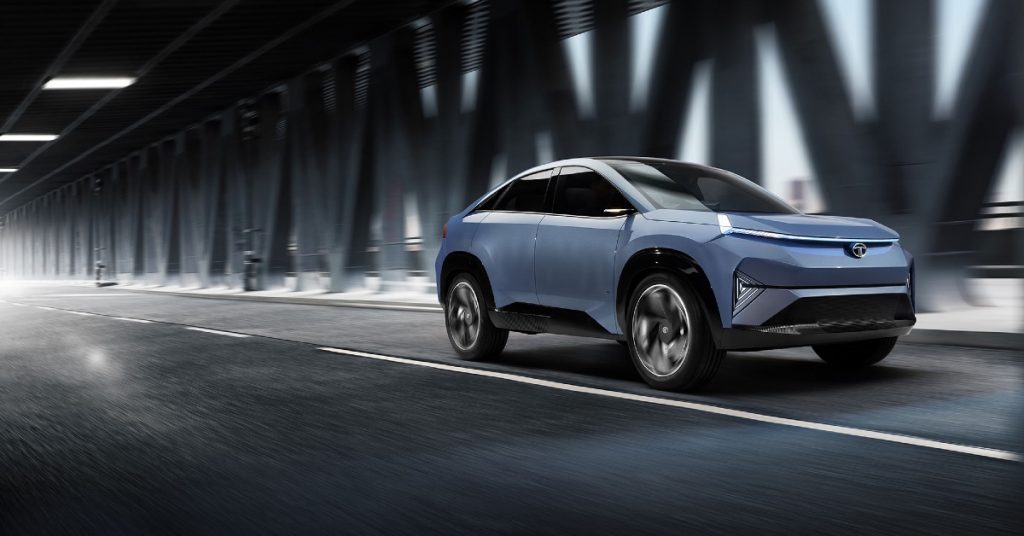
Electric cars are becoming increasingly popular as people become more environmentally conscious and seek to reduce their carbon footprint. But how do electric cars work? In this comprehensive guide, we will explore the inner workings of electric cars and explain the technology behind them.
Electric cars are powered by an electric motor that is powered by a battery. The battery is charged by plugging the car into an electrical outlet or a charging station. The battery stores the energy that is used to power the car's motor.
The electric motor is connected to the car's wheels through a transmission. When the driver presses the accelerator pedal, the electric motor receives a signal from the car's computer and begins to turn. The motor then turns the wheels, propelling the car forward.
One of the key advantages of electric cars is that they are much more efficient than traditional gasoline-powered cars. Electric cars convert up to 60% of the energy stored in the battery into motion, while gasoline-powered cars convert only about 20% of the energy stored in gasoline into motion.
Another advantage of electric cars is that they produce zero emissions. This means that they do not contribute to air pollution or climate change. However, the electricity used to charge the battery may come from sources that produce emissions, such as coal-fired power plants.
To address this issue, many electric car owners choose to charge their cars using renewable energy sources, such as solar or wind power. This allows them to reduce their carbon footprint even further.
In conclusion, electric cars are powered by an electric motor that is powered by a battery. They are more efficient and produce zero emissions, making them an environmentally friendly alternative to traditional gasoline-powered cars. As technology continues to improve, we can expect to see even more advances in electric car technology in the future.

